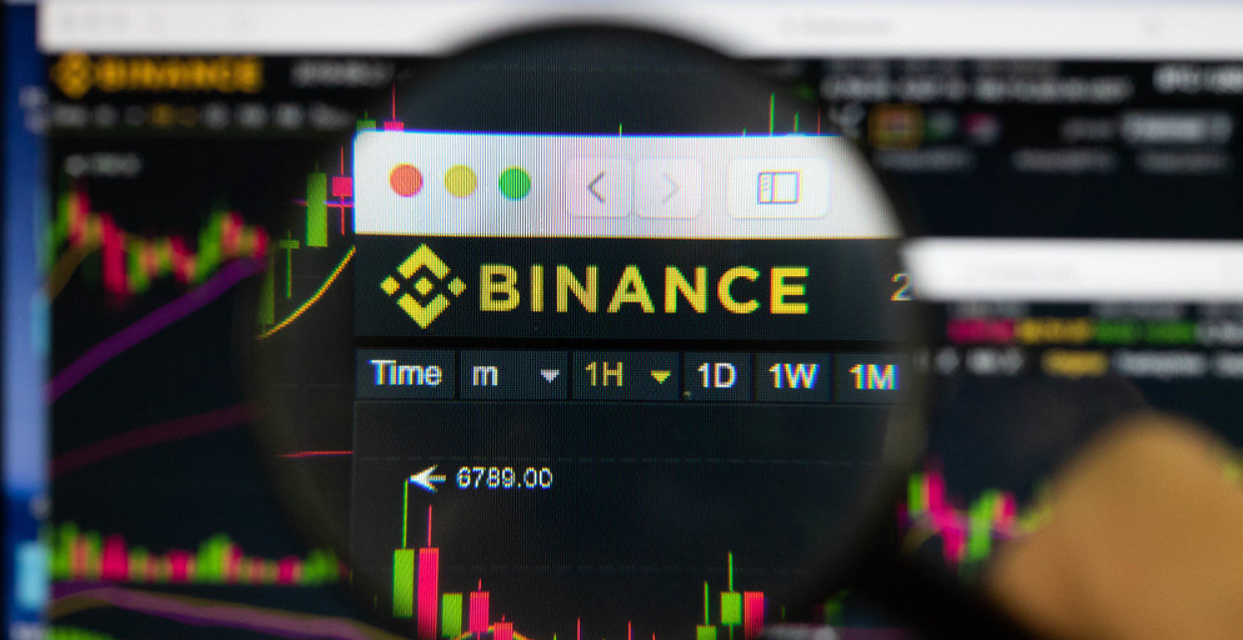In this in-depth analysis, we examine the recent developments surrounding Binance’s market share in the United States, which has witnessed a continued decline, currently standing at 2.7%. By dissecting the factors contributing to this downward trend, we aim to provide insights into the evolving landscape of cryptocurrency exchanges in the US and shed light on the implications for both Binance and the broader industry.
Understanding the Decline in Binance’s US Market Share
Binance, a prominent global cryptocurrency exchange, has experienced a gradual decline in its market share in the United States. This decline can be attributed to a confluence of factors, including regulatory challenges, increased competition, and evolving user preferences. By analyzing each of these factors, we gain a comprehensive understanding of the forces shaping the current market dynamics.
Regulatory Challenges and Compliance Efforts
One significant factor impacting Binance’s market share in the US is the evolving regulatory landscape. The increased scrutiny by regulatory authorities has prompted Binance to reassess its operations and compliance measures to align with local regulations. This process has resulted in certain limitations on the services offered by Binance in the US, leading to a potential loss of market share to compliant domestic exchanges.
Rise of Domestic Competitors
The US cryptocurrency market has witnessed the emergence of domestic exchanges that cater specifically to the regulatory requirements and preferences of American users. These exchanges have capitalized on the demand for compliant trading platforms, attracting users who prioritize regulatory adherence and legal certainty. The rise of such domestic competitors has presented a formidable challenge to Binance’s market dominance in the US.
User Trust and Security Concerns
In the wake of several high-profile security incidents in the cryptocurrency industry, user trust and security have become paramount. Domestic exchanges that prioritize stringent security measures, robust customer support, and adherence to local regulations have gained favor among users who prioritize the safety of their funds and personal information. This heightened focus on trust and security has influenced user preferences and, consequently, Binance’s market share.
Evolving User Preferences and Trading Features
User preferences within the cryptocurrency industry continue to evolve rapidly. American traders, in particular, have shown a growing interest in platforms that offer a wide range of trading features, including advanced order types, access to diverse digital assets, and seamless fiat on-ramps. Domestic exchanges that cater to these preferences have successfully attracted users away from Binance, contributing to its declining market share.
Binance’s Response and Adaptation Strategies
Recognizing the shifting landscape, Binance has proactively taken steps to regain its footing in the US market. The exchange has sought to enhance its compliance efforts, engage in constructive dialogue with regulatory authorities, and explore partnerships with compliant entities. By demonstrating a commitment to regulatory compliance and actively addressing user concerns, Binance aims to rebuild trust and regain lost market share.
Competition Breeds Innovation
While Binance’s declining market share in the US is a notable trend, it is essential to acknowledge that competition breeds innovation. The presence of domestic exchanges has spurred heightened competition, leading to the development of more robust trading platforms, enhanced security measures, and improved user experiences. As exchanges vie for users’ attention and loyalty, the ultimate beneficiaries are the traders themselves, who gain access to a wider array of reliable and innovative trading options.
Conclusion
The decline in Binance’s market share in the United States reflects the dynamic nature of the cryptocurrency industry. Regulatory challenges, the rise of domestic competitors, evolving user preferences, and security concerns have collectively contributed to this trend. However, by actively addressing these challenges, Binance has




